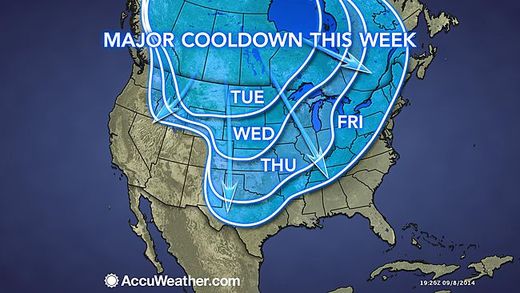OF THE
TIMES
'First city in Canada to require a QR code to exit the city' Islanders big and small are an easy target. by DOREEN APR 25, 2024 [Link]
It's like buying a $1,000 car isn't it? Just keep pouring money in and it's still a $1,000 car. Good song BTW, by the Bottle Rockets.
'Revolt in the Universities' University students across the country, facing mass arrests, suspensions, evictions and explusions are our last, best...
'THE END OF HUMANITY - As Planned By The Global Leaders' [Link]
'NEWS: Urgent message from a former Canadian Military Veteran to be shared publicly - for Canadians - please read and share with your social...
To submit an article for publication, see our Submission Guidelines
Reader comments do not necessarily reflect the views of the volunteers, editors, and directors of SOTT.net or the Quantum Future Group.
Some icons on this site were created by: Afterglow, Aha-Soft, AntialiasFactory, artdesigner.lv, Artura, DailyOverview, Everaldo, GraphicsFuel, IconFactory, Iconka, IconShock, Icons-Land, i-love-icons, KDE-look.org, Klukeart, mugenb16, Map Icons Collection, PetshopBoxStudio, VisualPharm, wbeiruti, WebIconset
Powered by PikaJS 🐁 and In·Site
Original content © 2002-2024 by Sott.net/Signs of the Times. See: FAIR USE NOTICE

Reader Comments
to our Newsletter